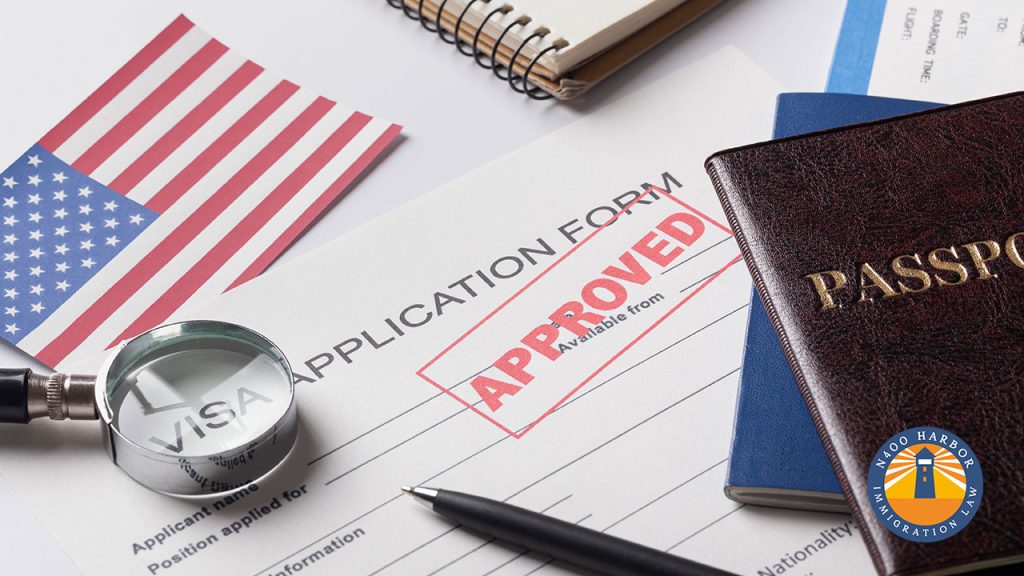
Understanding the Visa Process: A Practical Guide for U.S. Applicants
In today’s increasingly globalized world, travel and international mobility are more accessible than ever. Whether you’re planning a vacation, studying abroad, working overseas, or visiting family in another country, obtaining the appropriate visa is an essential first step. For U.S. applicants, the visa process can vary significantly depending on the destination, purpose of travel, and duration of stay. This guide breaks down the basics of visa applications to help you feel more confident and prepared throughout the process.

What Is a Visa and Why Do You Need One?
A visa is an official document issued by a foreign government that allows you to enter, stay, or work in that country for a specified period. Visas are typically stamped or attached to your passport and contain details about your stay, such as duration, entry dates, and purpose (e.g., tourism, business, education). Some countries require visas for all U.S. citizens, while others offer visa-free entry or visa-on-arrival privileges. Knowing the requirements ahead of time is crucial to avoid travel delays or denial at the border.
Common Types of Visas for U.S. Citizens
The type of visa you need depends on your reason for traveling. Here are some of the most common visa categories:
- Tourist Visa (B-2 or equivalent): For leisure travel, sightseeing, and visiting friends or family.
- Student Visa (e.g., F-1, J-1): For those enrolling in academic programs, exchange programs, or language courses abroad.
- Work Visa: Issued to individuals who have secured employment overseas. These often require employer sponsorship.
- Business Visa (B-1 or equivalent): For attending meetings, conferences, or negotiating contracts.
- Transit Visa: Needed if you are passing through a country on your way to another destination.
- Family or Spouse Visa: For visiting or reuniting with family members living abroad.
Steps to Apply for a Visa
Each country has its own application process, but most follow a similar general pattern:
- Determine the Right Visa Type
Before anything else, review the visa categories offered by your destination country and choose the one that best fits your purpose. - Complete the Application Form
Visit the official government or embassy website and fill out the visa application form accurately. Some countries require an online application, while others may need printed forms. - Gather Required Documents
Typical documents include:- Valid passport (with at least 6 months’ validity)
- Passport-sized photos
- Proof of travel itinerary or return ticket
- Financial documents showing sufficient funds
- Employment or school verification
- Invitation letters, if applicable
- Pay the Visa Fee
Visa fees vary by country and visa type. Some are non-refundable, so double-check requirements before submitting payment. - Schedule and Attend the Visa Interview (if required)
For some visas, particularly student or work visas, an in-person interview at the consulate may be necessary. Be honest, well-prepared, and bring all your documents. - Wait for Processing and Receive Your Visa
Processing times vary. Some countries offer expedited processing for an additional fee, while others may take weeks.
Tips to Ensure a Smooth Application Process
- Start Early: Begin the application process at least 1–3 months before your travel date to account for unexpected delays.
- Double-Check Requirements: Each country has specific requirements. Use only official embassy websites to get accurate information.
- Keep Copies: Maintain digital and physical copies of your application and supporting documents.
- Stay Informed: Some visas come with strict regulations regarding work, travel within the country, or health insurance—make sure you know what’s allowed.
What to Do If Your Visa Is Denied
Visa denial can be frustrating, but it’s not always permanent. Reasons for denial can include incomplete applications, lack of financial proof, or concerns about your intent to return home. If your visa is denied:
- Ask the consular officer for the reason, if available.
- Review and correct any errors in your documentation.
- Reapply with stronger supporting materials or consider consulting a visa expert.
Visa-Free Travel and ESTA for U.S. Citizens
Many countries offer visa-free access to U.S. passport holders for short stays (usually up to 90 days). However, this doesn’t mean you can skip all paperwork. Some destinations, like countries in the Schengen Area (Europe), require travelers to obtain prior authorization through systems like ETIAS (starting in 2025). Similarly, the U.S. has the ESTA program for travelers entering under the Visa Waiver Program—other countries may have their versions too.







